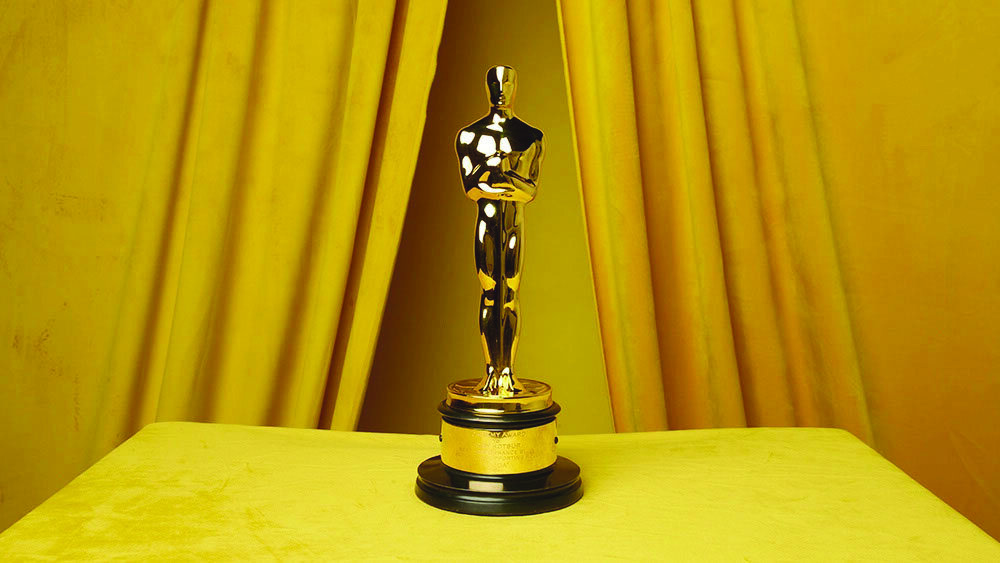Photo Courtesy of Variety
For over a century, horror films have lured audiences to cinemas all around the world. Their purpose is not only to terrify or disturb but also to engage with dark, challenging and taboo themes that you usually would not see in any other genre of films. Countless horror movies throughout cinematic history have succeeded at this, whether it’s obvious classics like Carpenter’s “Halloween” or underseen gems like Żuławski’s “Possession.”
However, there is an extreme discrepancy between the devoted audience these horror films have found and the recognition that they get from major awards bodies, including the Academy. Of course, awards are not the best indicators of actual quality; that is for every viewer to discover for themselves. Still, it is frustrating that horror in particular has mostly been shunned, even though it is among the most influential, popular and risk-taking genres in the entire medium.
In its 95 years of existence, only six horror films have been nominated for Best Picture: “The Exorcist,” “Jaws,” “The Silence of the Lambs,” “The Sixth Sense,” “Black Swan” and “Get Out.” Only “The Silence of the Lambs” won. Very few of the genre’s memorable performances have been nominated and even fewer have taken home the prize. Horror has occasionally done well in technical categories but mostly for period pieces. Perhaps the most shocking omission of the genre is in the makeup and hairstyling category. “An American Werewolf in London” and “The Fly” took home that Oscar back in the ‘80s, but since then, not even the most imaginative designs and realistic effects are enough for voters.
So, why does it seem as though the Academy is so reluctant to nominate horror? A big part of the answer undoubtedly lies in the unflattering stigma surrounding the genre. It has its devoted fans, but horror has never been taken seriously by most. It is generally regarded as low-class entertainment. Its visceral and often explicit nature feeds into a type of sensationalism that fuels the discourse around a given film.
As a result, the themes and craftsmanship within a horror film go virtually unnoticed, which makes it less likely to be analyzed and taken seriously. This creates the notion that horror films are only meant to make you jump or squirm, damaging the public perception of the genre. When most people think of horror, they think of its sour reputation and not its artistic merits.
It boils down to the long-standing biases of the Academy. Ever since its inception, the Oscars have mostly awarded certain themes of films: war, period, epic, buzzy indie, biopic, musical, social/political commentary and Hollywood. Though it may seem like enough variety, it leaves out a lot of films that could be more interesting and original. Looking into where this bias comes from is where the question becomes more socially oriented.
Despite its fair share of representation problems in the past, horror has always been a sort of safe haven for oppressed groups. Many horror films’ tales of survival and trauma stem from real-life frustrations towards the inhumane treatment of minorities.
Horror has always existed, and it has been the backbone of cinema since the beginning. The genre has evolved constantly and yet much of it remains timeless and relevant. The Academy needs to stop going with the same old Oscar bait and stop being scared of what’s different.








